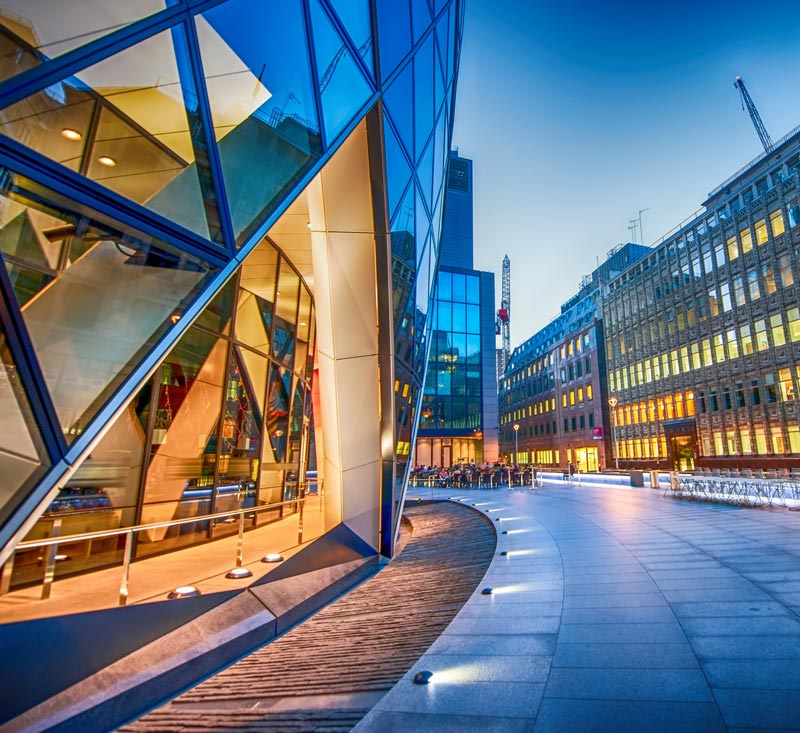What Types Of Property Finance Can I Get?
Property finance for the acquisition of or development of property is a huge business sector in the UK. There are hundreds of banks and lenders who are prepared to fund for this.
There are various types of products:
Secured loans are secured against the value of the property or the development site.
Mortgages, where funding is secured against existing property or land to be developed, most of these have a fixed and a long period of repayment.
Bridging finance can bridge the gap between the secured lender’s advance against a project or property under a fixed charge and the cost of the build or development. The loan is usually paid back when the property is sold or refinanced. This is short term funding. There is higher risk than first fixed charge products. Thus, it can be more expensive.
As this site is focused on companies with commercial borrowing requirements (and not mortgages for your home which we cannot advise upon) let’s look at the products in more detail:

Commercial Mortgage Products
Commercial mortgages, like those to buy your home, can be used to purchase commercial property like farms, shops, offices and warehouses – anything that isn’t private residential property. They work the same way as private mortgages. They help you spread the cost of a large purchase over time. These mortgages are usually a first fixed charge over the property in question. Other loans or mortgages can be secured over the property but will rank differently in terms of any sale or insolvency event.
The most straightforward commercial mortgages are taken out by existing businesses who want to buy their own premises, where the business already operates. A typical example could be a solicitor or accountancy firm who wants to buy the buildings they occupy, perhaps with a pension funding plan. Thus, instead of paying rent with no ownership, the property can be purchased and the capital value added to the balance sheet (along with the debt secured on it).
Development Finance
Longer term site development capital is available for the acquisition of sites or buildings for redevelopment. Often these products will be interest only products as there is no income yet to service the capital element.
You will have to show that you will be contributing capital to the project and that you have a track record- the lender will assess this. Development finance is usually based on the feasibility of the project.
Where you have little or no experience, your lack of experience will be supported by employing relevant professionals (an architect, project manager, quantity surveyor or a professional builder) to your team. Ownership of the land or buildings will be a necessity.
Bridging Finance
This is usually short term funding that helps pay for building and property development costs. Often a project or development can over run, cost more than expected or simply not be able to attract a high enough loan to value from the commercial mortgage provider to pay for the work needed.
Short term loans like this usually carry higher cost premium AND will require second charges over the target property, possibly backed up with personal guarantees for the borrowing company’s directors. This will make them focus on delivering a profitable project, so that the bridging product can be paid back quickly.
So How Much Can We Borrow?
This will vary depending on the quality of your project. How large, over what period, what’s the market condition for this type of property, the risk involved and your experience? All these will affect the amount the company can borrow and the COST of the money
For a building plot?
- 30 – 50% of the purchase of the land
- 100% of build costs
- Total amount borrowed will usually be below 60% of the project end value (LTV – loan to value)
What if We Are Buying a Conversion or Renovation?
If your company plans to fund an existing property for a conversion or renovation, the loan amount offered can sometimes be higher than offered against a building plot:
- 40-50% of the purchase
- 100% of build costs
- Total amount borrowed must be below 60% of the project end value or LTV
See Construction Finance LINK. Building payments for the costs are always paid in arrears and this usually means that development funds are released by the funders, after completion of each build stage.
As all projects are different, your project stages will be different too. In general terms you will have to demonstrate that you have “skin in the game” or material capital contribution to the project. You will never borrow 100% of the cost of a project.
If your or your company own the property or land is outright, then 80-100% of build costs will normally be offered. Also, funds against property/land value may be released and put towards your build costs to help your project’s cash flow.
